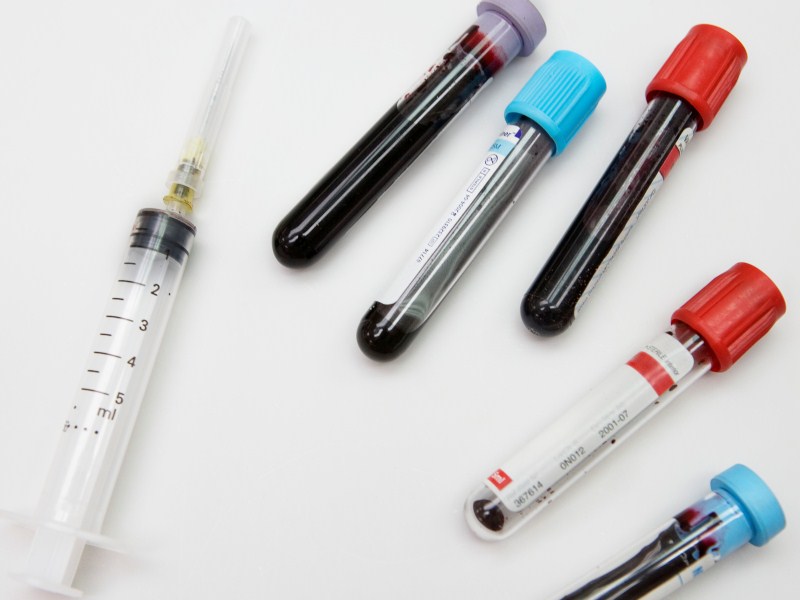Earn Your Credential: The Ultimate Guide to Online Phlebotomy Technician Training Programs
If you’re considering a career in healthcare, becoming a licensed phlebotomy technician is a great starting point. With the rise of online education, aspiring professionals now have access to flexible and comprehensive online phlebotomy training programs that prepare them for certification and real-world practice. This ultimate guide will walk you through everything you need to know about earning your phlebotomy credential through online courses, from program selection to practical tips for success.
What is a Phlebotomy Technician?
A phlebotomy technician, also known as a phlebotomist, is a healthcare professional trained to collect blood samples for testing, transfusions, research, or donations.Their role is crucial in diagnostic laboratories, hospitals, clinics, and blood donation centers. To become a certified phlebotomy technician, you must complete specific training programs and obtain licensure or certification, depending on your state.
Why Choose Online Phlebotomy Technician Training Programs?
Online phlebotomy training offers several compelling benefits for aspiring healthcare professionals:
- Flexibility: Study at your own pace and schedule courses around your personal commitments.
- Accessibility: Access quality education regardless of your geographical location.
- Cost-Effectiveness: frequently enough less expensive than traditional classroom programs.
- Comprehensive Curriculum: Programs often include a mix of online modules and practical skills training.
- Readiness for certification: Designed to meet requirements for national certification exams like the Certified Phlebotomy Technician (CPT).
How to Choose the Right online Phlebotomy Technician Training Program
Selecting a reputable online phlebotomy program is essential for your career success. Consider the following factors:
- Accreditation: Ensure the program is accredited by recognized agencies like ABHES or CAAHEP.
- Curriculum Quality: Look for comprehensive courses covering anatomy, safety protocols, sample collection, and patient interaction.
- Practical Training: Verify that the program includes hands-on clinical practice, either locally or through partner facilities.
- Certification Preparation: The program should prepare you for national certification exams like ASPT or NHA.
- Student Support: Access to instructors, career guidance, and technical support enhances your learning experiance.
- Cost and Duration: Compare costs and program length to find a balance that fits your budget and timeline.
Typical Curriculum of an Online Phlebotomy Training Program
While curricula may vary, most online phlebotomy programs cover these core topics:
- Basic human anatomy and physiology
- Medical terminology
- Patient interaction and communication skills
- Blood collection procedures and safety protocols
- Venipuncture and capillary puncture techniques
- Labeling and processing specimens
- Infection control and OSHA guidelines
- Legal and ethical considerations in phlebotomy
Practical Skills Training and Clinical Experience
Though online courses offer theoretical knowledge, hands-on practice is critical. Accredited programs arrange clinical externships at local healthcare facilities or partner clinics. These practical sessions ensure students gain confidence in venipuncture techniques and patient handling - essential skills for certification and job readiness.
Certification & Licensing for Phlebotomy Technicians
Most states require licensure or certification to work as a phlebotomy technician. The most recognized certifications include:
| Certification | Issuing Agency | Prerequisites | Exam Focus |
|---|---|---|---|
| Certified phlebotomy Technician (CPT) | National Healthcareer Association (NHA) | High school diploma, completed accredited training | Blood collection, safety, patient communication |
| Registered Phlebotomy Technician (RPT) | American Society for Clinical Pathology (ASCP) | Accredited training + clinical experience | Phlebotomy procedures and diagnostics |
Benefits of Becoming a Certified Phlebotomy Technician
- High demand in healthcare settings
- Entry into the growing medical field
- flexible job opportunities across hospitals, labs, and clinics
- Competitive salary with room for advancement
- Personal fulfillment from helping patients and communities
Practical Tips for Success in Online Phlebotomy Programs
- Stay Organized: Keep a study schedule to balance coursework and clinical practice.
- Engage Actively: Participate in online discussions and seek help when needed.
- Practice Hands-On skills: Take advantage of clinical externships to build confidence.
- Prepare for Certification: Review exam guides and seek practice exams.
- Network Professionally: Connect with instructors and peers for career advice and job leads.
First-hand Experience: A Success Story
Meet sarah, a busy mom who decided to pursue her phlebotomy technician certification online. By choosing an accredited program with flexible scheduling, she completed her coursework in six months and gained hands-on experience through a local externship. Today,Sarah works at a prominent hospital,earning a competitive salary and feeling fulfilled helping patients daily. Her story highlights how online programs can open doors to a rewarding healthcare career.
Conclusion
Embarking on your journey to become a certified phlebotomy technician through online training programs offers a flexible, accessible, and efficient pathway into the healthcare field. By choosing an accredited program that combines theoretical knowledge with practical experience,you can confidently achieve your certification and start an engaging career in medical diagnostics. Remember to research your options carefully, prepare thoroughly, and leverage practical opportunities to hone your skills. your future as a healthcare professional begins with earning your credential-take the first step today!
Ready to start your online phlebotomy training? Explore accredited programs, review their curriculum, and take the leap toward a meaningful healthcare career!
